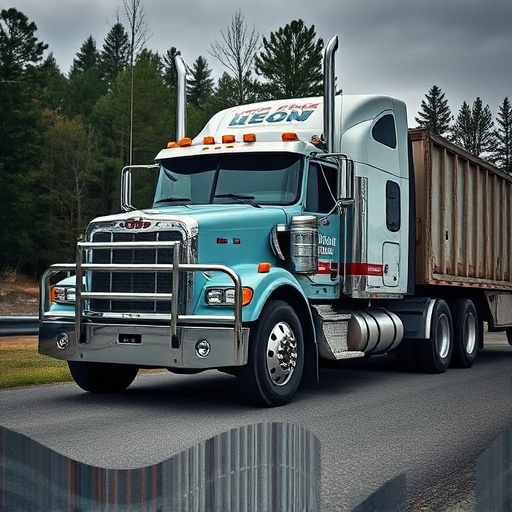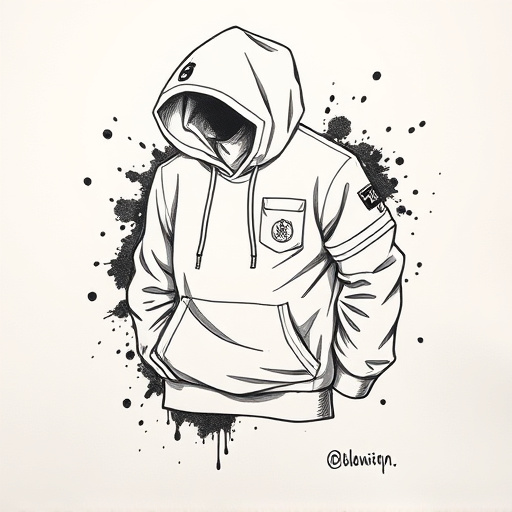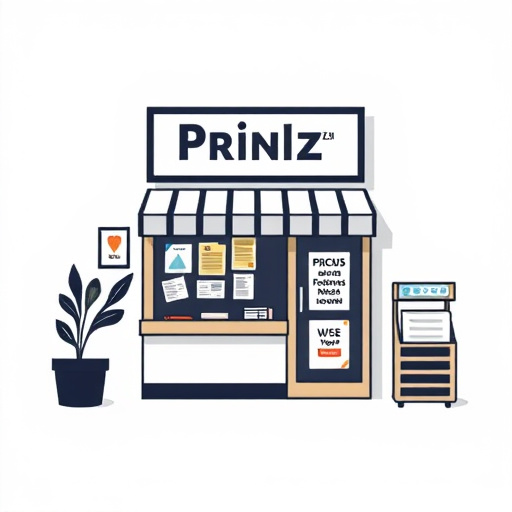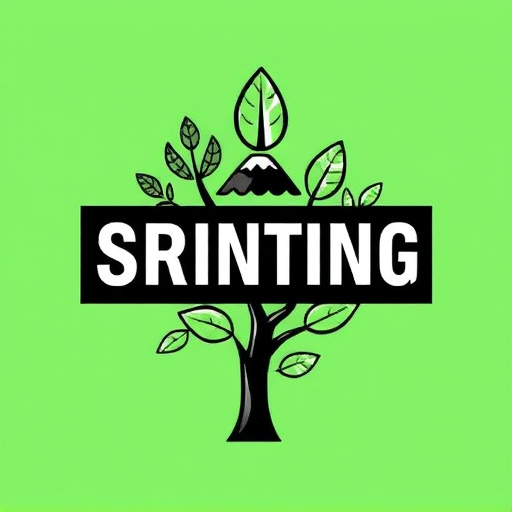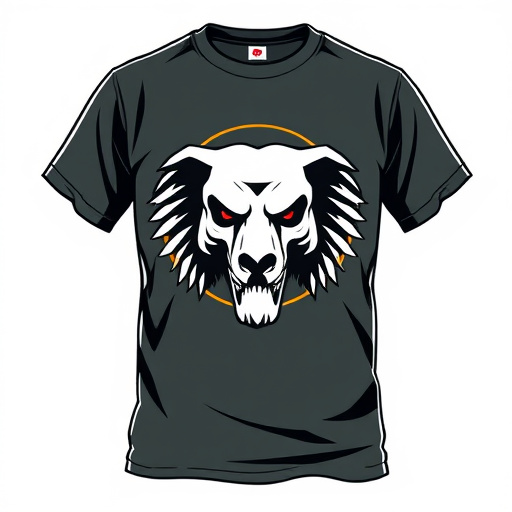The Direct-to-Consumer (DTC) and Direct to Fabric (DTF) models, powered by digital platforms and advanced printing techniques like DTG and heat press, have disrupted the apparel industry. By allowing brands to sell directly to consumers and enable on-demand custom printing for textiles, DTF Industry Growth offers unprecedented control over design and fit, competitive pricing, and instant delivery. This trend democratizes fashion, encourages entrepreneurial ventures, and challenges established retail giants, transforming supply chains and enhancing customer experiences with same-day or instant deliveries.
The rise of Demand-Time Fulfillment (DTF) is revolutionizing retail supply chains, transforming how businesses meet customer demands. This article explores the profound impact of DTF industry growth and its reshaping effects on retail. We delve into the definition, key drivers, and significant advantages it brings, contrasting traditional supply chain dynamics. Technological advancements are unlocking new potential, enabling retailers to enhance efficiency, reduce costs, and deliver unparalleled customer experiences. Understand the future of retail as DTF models take center stage.
- Understanding DTF Industry Growth
- – Definition and significance of DTF (Demand-Time Fulfillment)
- – Key drivers propelling the industry's growth
Understanding DTF Industry Growth
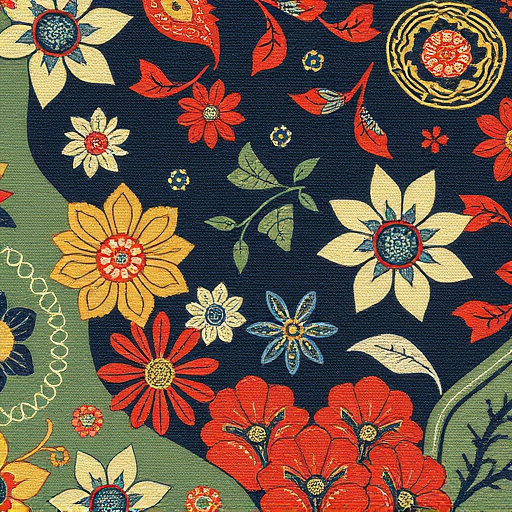
The rise of the Direct-to-Consumer (DTC) model has sparked a significant shift in the retail landscape, particularly within the apparel industry. DTF Industry Growth refers to this rapid expansion of brands that bypass traditional retailers and sell directly to consumers. This innovative approach is reshaping how businesses operate, especially in the realm of custom clothing. By leveraging digital platforms and cutting-edge printing techniques like heat press and dtf printing for hoodies (and other garments), DTC companies offer a vast array of customizable options at competitive prices.
Understanding DTF Industry Growth involves recognizing the power of this model to democratize fashion. Consumers now have unprecedented control over design, fit, and personalization. For example, when crafting Custom graphic tees, dtf for heat press printing allows individuals to express their creativity with unique artwork and personalized messages. This trend has not only transformed the way people shop but also empowered entrepreneurs to launch successful ventures, challenging established retail giants.
– Definition and significance of DTF (Demand-Time Fulfillment)
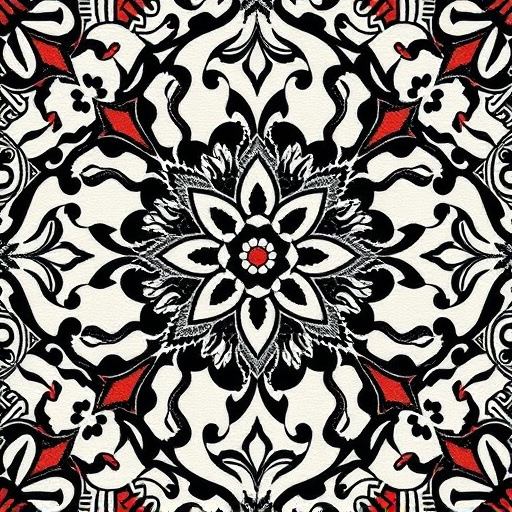
Demand-Time Fulfillment (DTF) represents a paradigm shift in retail supply chain management, optimizing inventory and delivery processes to meet consumer demands at the precise moment they are needed. This revolutionary approach leverages advanced printing technologies like DTF printing for dark fabrics, enabling efficient production and distribution of custom garments, such as hoodies, adorned with intricate heat-pressed designs using custom sheets. By eliminating the need for bulky stock and lengthy lead times, DTF industry growth is reshaping retail dynamics.
The significance of DTF lies in its ability to enhance customer experience through same-day or even instant delivery, fostering a more responsive and personalized market environment. This trend is particularly evident in the rise of on-demand printing for various textile applications, including DTF printing for hoodies. As consumers increasingly seek immediate gratification, DTF industry growth continues to accelerate, compelling retailers and manufacturers to adapt their strategies and embrace this disruptive innovation.
– Key drivers propelling the industry's growth
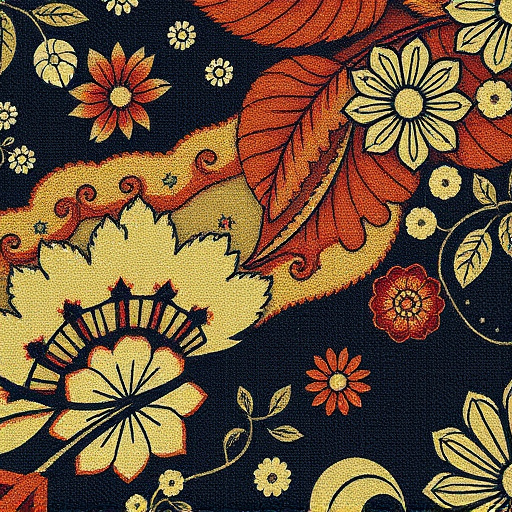
The dynamic nature of the Direct to Fabric (DTF) industry is largely driven by its ability to offer efficient and cost-effective solutions for custom printing on t-shirts and other textiles. This DTF Industry Growth is fueled by several key factors. One primary driver is the rise of e-commerce and the demand for personalized, on-demand products. With the advent of bulk DTF shirt production techniques, businesses can now cater to a wide range of customer preferences at scale, without the overhead costs associated with traditional inventory management.
Additionally, DTF printing for t-shirts has gained significant traction due to its versatility and precision. The technology allows for intricate designs, vibrant colors, and high-quality prints on various fabric types, making it a preferred choice for both small businesses and large enterprises looking to create unique marketing collateral or custom merchandise. Moreover, the DTF meaning itself evokes a sense of modern, innovative approach to printing, contributing to its growing popularity in the retail supply chain.
The rapid expansion of the DTF Industry Growth is transforming retail supply chains, enabling more efficient and responsive delivery systems. As consumer expectations continue to evolve, demanding instant gratification, understanding and adopting DTF principles will be crucial for retailers to stay competitive. This innovative approach promises a new era of streamlined logistics, enhancing customer experiences and reshaping the face of modern retail.
